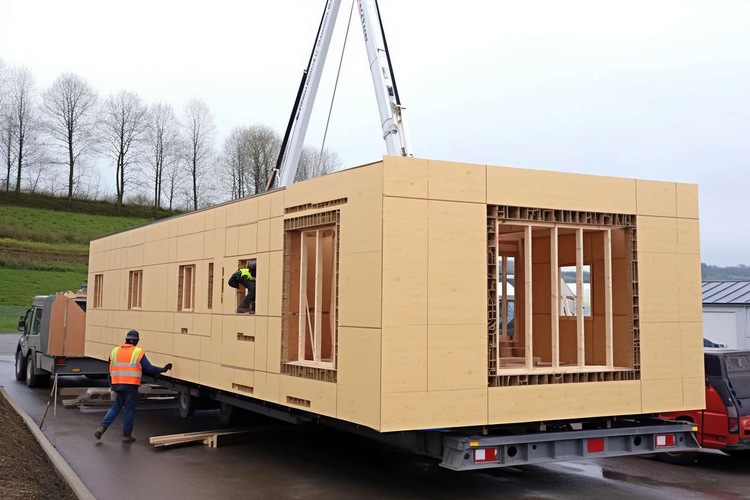House Sauna: Types, Installation, and Safety Considerations
A house sauna can transform available space into a place for relaxation, temperature contrast therapy, and quiet time at home. Home saunas vary by size, heating method, and construction—ranging from compact prefabricated cabins to custom wood-lined rooms—so choosing the right approach depends on your space, ventilation, and lifestyle preferences. This article outlines common options, how different heat systems work, and practical considerations for installation and upkeep.

This article is for informational purposes only and should not be considered medical advice. Please consult a qualified healthcare professional for personalized guidance and treatment.
What types of sauna are suitable for a home?
Home saunas typically fall into a few categories: traditional (Finnish) saunas, steam saunas, wood-fired saunas, and infrared cabins. Traditional saunas use a heated stove and stones to produce high dry heat, often with the option to pour water on the stones to raise humidity briefly. Steam saunas are higher in humidity and a bit different in experience. Prefabricated kits and modular cabins are common for small homes and can be electric or infrared powered; custom-built rooms are an option when you want to match interior finishes or install built-in benches and special ventilation. Consider ceiling height, door placement, and materials when deciding which type suits your layout.
How does heat work in a sauna?
Heat in saunas is delivered in two primary ways: convection/radiant heat from a stove or heater, and direct radiant heat from infrared panels. Traditional heaters warm the air and sauna stones; that warm air and hot surfaces create the sensation of heat. Infrared systems emit wavelengths that penetrate skin and warm objects and the body directly at lower ambient temperatures. Humidity is another variable—adding water to stones increases humidity and perceived heat, while dry saunas feel different even at the same temperature. Understanding these differences helps match the sauna experience to your comfort level and safety needs.
Can wood saunas fit a home?
Wood-fired saunas can be used at home but require careful planning. A wood-burning stove needs space for safe clearances, proper chimney installation, and adequate ventilation to remove combustion byproducts. Many households choose wood-fired saunas outdoors or in detached structures to simplify venting and comply with building codes. Indoor wood saunas are possible with certified stoves and correct installation by experienced contractors. The interior wood choices—cedar, hemlock, or spruce—affect durability and aroma. Regular maintenance includes chimney inspection, ash removal, and checking for creosote; local building codes and fire regulations should always be consulted before installing a wood-fired heater.
Are infrared saunas different?
Infrared saunas use panels that emit infrared radiation to warm occupants directly rather than primarily heating the air. They usually operate at lower ambient temperatures (making some users find them more tolerable) and can heat up quickly, which may make them a practical choice for smaller spaces or retrofit installations in a home. Infrared cabins are often available as plug-and-play units, simplifying installation compared with hardwired electric heaters or wood stoves. However, the experience differs from traditional high-heat, high-humidity saunas—if you prefer the steam-augmented environment of a Finnish sauna, infrared will feel distinct. Consider ventilation, electrical requirements, and personal comfort when comparing infrared and traditional heat approaches.
Installation, maintenance, and local services
Installing a home sauna involves structural, electrical, and ventilation considerations. For prefabricated cabins, placement on a level, insulated floor with a GFCI-protected circuit is typical. Custom room saunas require vapor barriers, correct insulation, and heat-resistant materials; heaters must be installed per manufacturer instructions and local code. Routine maintenance includes wiping benches and walls with appropriate cleaners, ensuring fastener integrity, checking heater controls and stones, and confirming vents remain unobstructed. For wood-burning units, chimney sweeps and stove inspections are essential. If you’re not experienced with electrical or construction work, consult local services specializing in sauna installation to ensure safety and compliance with regulations in your area.
Conclusion
A house sauna can be a valuable addition if you match the type—wood, electric, or infrared—to your space, ventilation capacity, and lifestyle. Assess the heat delivery method you prefer, plan for appropriate materials and clearances, and follow local building codes for electrical and combustion installations. Regular maintenance keeps the sauna functioning safely and preserves wood surfaces and heaters over time. Careful planning and professional guidance where needed will help you create a functional sauna space that fits the home environment.






